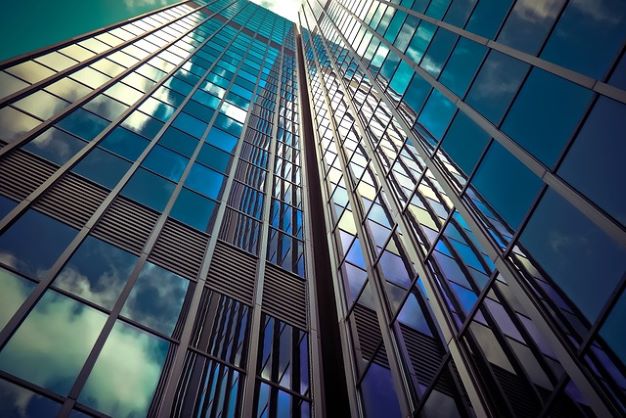What is Commercial and Residential Building Maintenance?
Building maintenance is mostly about taking responsibility for general upkeep, security surveillance, landscaping, housecleaning, and inspection of commercial or residential buildings. Fundamentally, it refers to the activities aimed at restoring the functions and conditions of private property for all occupants.
Whenever the electric system goes down or there is a plumbing problem, you can call your facility service provider to dispatch a competent maintenance team, and entrust them with the manual labor. But for exceptional repairs, you’ll have to hire a handyman or an electrician to finish the job impeccably, in a way that conforms to rigid health codes.
And yet, the more pressing matter tends to be equipment breakdowns or underlying safety hazards that the residents may not notice immediately, as opposed to minor inconveniences such as a scheduled filter change or furniture being shifted around.
That’s where building maintenance software comes in.
Building maintenance software, or facility management software, is key to increasing productivity while reducing costs in your building maintenance program.
Types of Maintenance
Building maintenance services keep your infrastructure in good shape, taking the proactive stance to maintenance that prevention is always better than reaction when dealing with potential failures.
In every kind of industrial environment, the goal is always to make buildings hospitable for employees.
That said, what are some examples of building maintenance in practice?
Repairing Indoor Assets: Fixing the elevators, testing the servers, replacing computers, and checking the backup generators fall under this category.
Washing and Cleaning: Wiping down surfaces and thoroughly cleaning the floors, bathrooms, windows, tables, and workstations in offices, plants, research labs, and lunch rooms.
Renovating the Interior: Painting the walls, laying down the carpet, sealing cracked windows, or insulating the roof are ways to repair the foundation of a building.
Grounds keeping: In the outdoors, this usually covers landscaping, clearing sidewalks, and trash removal. Seasonal activities like mowing the lawn or shoveling the snow would count too.
If a piece of the infrastructure is beyond repair, you might need the help of professional contractors to begin constructing over the damage or expanding the building size to extend previous installations.
A Building Maintenance Management Checklist
The reality is, machine parts aren’t going to last forever due to frequent use and limited durability. That’s why you should document each work order event on a building maintenance checklist to know how often to perform preventive maintenance (PM) on running assets.
Here is what you can do to ensure your monitored systems are operating as intended:
- Establish an asset hierarchy to get key insights on reliability.
- Separate your PM checklist into daily and monthly tasks.
- Assess the walls and carpentry to see if construction work is required.
- Inspect the plumbing for leaking pipes or clogged drains.
- Monitor the power supply to make sure the electricity stays on.
- Locate your access controls for security and fire alarms
In many organizations, maintenance tasks are assigned to differing priorities: The highest is given to emergency situations in which the building sustains considerable damage or an entire floor’s utility services are disrupted.
Next in line are high, medium, and low-priority tasks–those that aren’t predisposed to safety risks or could be maintained on a weekly routine with little impact on machinery.
Building maintenance software is the best tool for organizing and implementing your maintenance management checklist.
What Does Building Maintenance Software Accomplish?
Building maintenance software is designed to automate time-consuming processes in your organization and enable you to create reporting mechanisms for requests on critical functionality. Your team will appreciate the benefits of tracking work orders and managing space effectively, from office buildings to warehouses.
A SaaS solution for building maintenance and repair allows you to schedule a course of action on multiple properties at once. Whenever you have to walk through a plant, install equipment upgrades, move heavy-duty equipment, or enforce policies on waste disposal, the software lets you track the progress of those work orders to completion.
Whether you are an enterprise or an international business, you can implement modern features to maximize your facility returns. With interactive mapping and a mobile connection, your employees and customers will feel comfortable inside a cleaner, better-organized workplace.
Therefore, it’s important to anticipate what your building needs in order to operate continuously, and promote a culture of productivity. What you need is a system in place to determine how the facility should be run, and what kind of work will improve your building environment.

